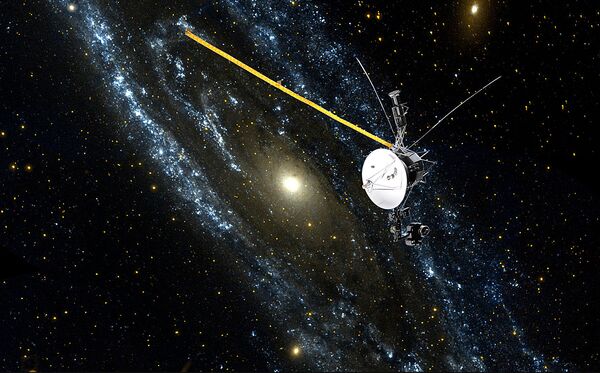Miners on Meteors
Money making in space seems to be a comparatively new idea. It’s highly improbable that business titans will ever be interested in purely scientific research, thus the future of the space industry is very much dependent on a surge in commercial projects. Indeed so, since the discovery of the vast lands of America was also triggered to a greater extent by an itch for gain than thirst for knowledge.

Asteroid mining is perhaps the boldest and the most ambitious venture aimed to make money from resources found outside Earth. Interestingly, at least two companies are already striving hard to become pioneers in the field –and these are Deep Space Industries and Planetary Resources, on whose projects around 200 million dollars has been already allotted by the Luxembourg government.
Meteor mining isn’t science fiction: Planetary Resources’ nanosatellite was successfully delivered to orbit. Missioned for the first time ever to detect celestial bodies potentially suitable for mining, the spacecraft is experimental in a sense. Arkyd-100 is soon expected to join the previous one and is a full-fledged satellite, sufficiently equipped to spot meteorites. Arkyd-200 and Arkyd-300 are projected to contribute still further to research on how close the satellites would come to the stellar body.
Lunar Funeral
As mankind won’t live forever the space era should also oversee its after-life journey. At least this is what the Elysium Space company believes in, as it is set to provide options for people to send their relations’ ashes into space. As it is stated on the company’s website, instead of looking down under your feet as you pay tribute to the deceased you might look up into the eternally beautiful night sky, feeling that those dear to us are also here, with us.

There two options so far: you may pay $2,500 to send the ashes to the orbit, where the urn will spend two years, which could be followed via a relevant smartphone app, or for perhaps a bigger sum the urn will travel to the Moon to stay there forever.
Drone and Sub on Saturn's Satellite
In contrast to the projects we looked into above, the US’ NASA space giant is focused primarily on research missions, which crave more and more fantasy and boldness. One of these projects is the launch of a drone and a submarine on Saturn’s Titan satellite, which, scientists argue, is perhaps most likely to offer conditions compatible with life.

The "Dragonfly" project was devised at the Applied Physics Laboratory of John Hopkins University and is one of the two winners of the New Frontiers competition for the best space mission project to carry out research into the Solar system.
First Interstellar Flight
The Search for Life is one of the top priority goals of contemporary science, but it doesn’t mean that mankind would ever say no to flights to…the stars.

The breakthrough Starshot initiative, lobbied by Russian tycoon Yury Milner and famed British astrophysicist Stephen Hawking, envisions the launch of nanosatellites featuring a laser sail to Alpha Centauri – the closest star to our own solar system.
Nanosatellites are hoped to be used on the mission given their minute weight and impressive speed — about 20 percent of the speed of light. And, most importantly, Milner has already allocated $100 million for that.
Space Elevator
This is one of the most ambitious ventures for years to come, which is destined to radically change human fate and the way we see ourselves.
The idea itself was first voiced by Russian scientist Konstantin Tsiolkovsky.

Schematically, the space lift looks like a structure in which one end of the hawser is attached to Earth, whereas the other one is put at some spot on the orbit, which is immobile against spinning Earth.
The elevator could perhaps be made of carbon nanotubes, often dubbed the most promising material in the 21st century, since it is impressively hard and can boast an incredibly high ratio of strength to density.




